Cheese has a rich, ancient history that stretches back thousands of years, with some varieties still crafted almost exactly as they were in the past. Certain cheeses hold a special place in culinary history for their age and traditional methods. Each of these time-honored cheeses comes from different regions of Europe, representing a unique blend of local culture and flavor. They not only add depth to our plates but also connect us to ancient traditions. Here’s a look at some of the oldest cheeses still enjoyed today.
Pecorino Romano (Italy)
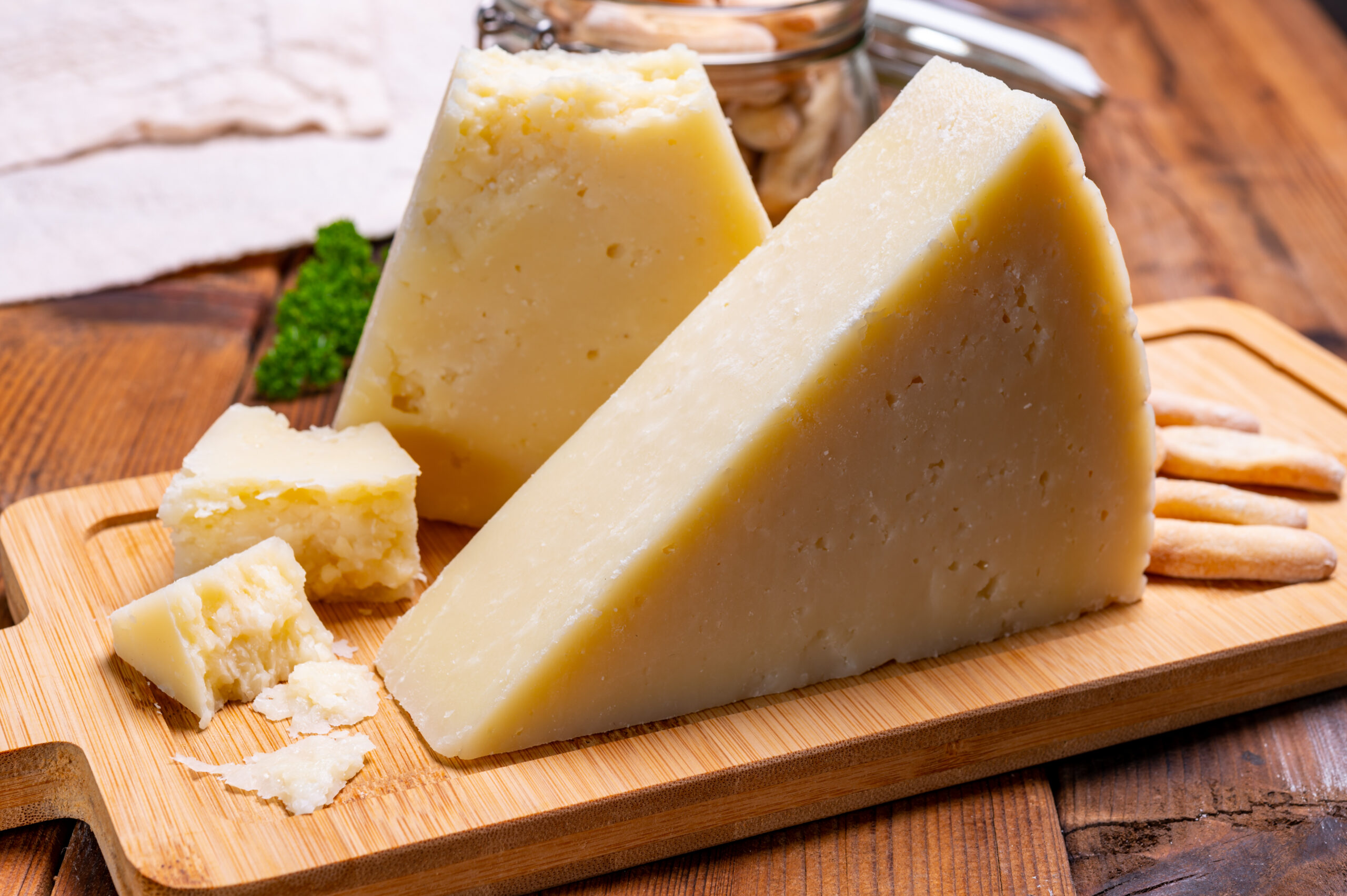
Pecorino Romano is one of Italy’s oldest cheeses, dating back over 2,000 years. Ancient Romans treasured it for its long shelf life and intense flavor. Made from sheep’s milk, it has a firm, crumbly texture and a sharp, salty taste. Pecorino Romano traditionally ages for about eight months, developing a deep, savory flavor. This cheese originates from the Lazio region, though it’s now produced in Sardinia as well. Roman soldiers even carried it in their rations due to its durability. It’s a perfect addition to pasta, soups, and sauces for a strong, tangy finish.
Roquefort (France)
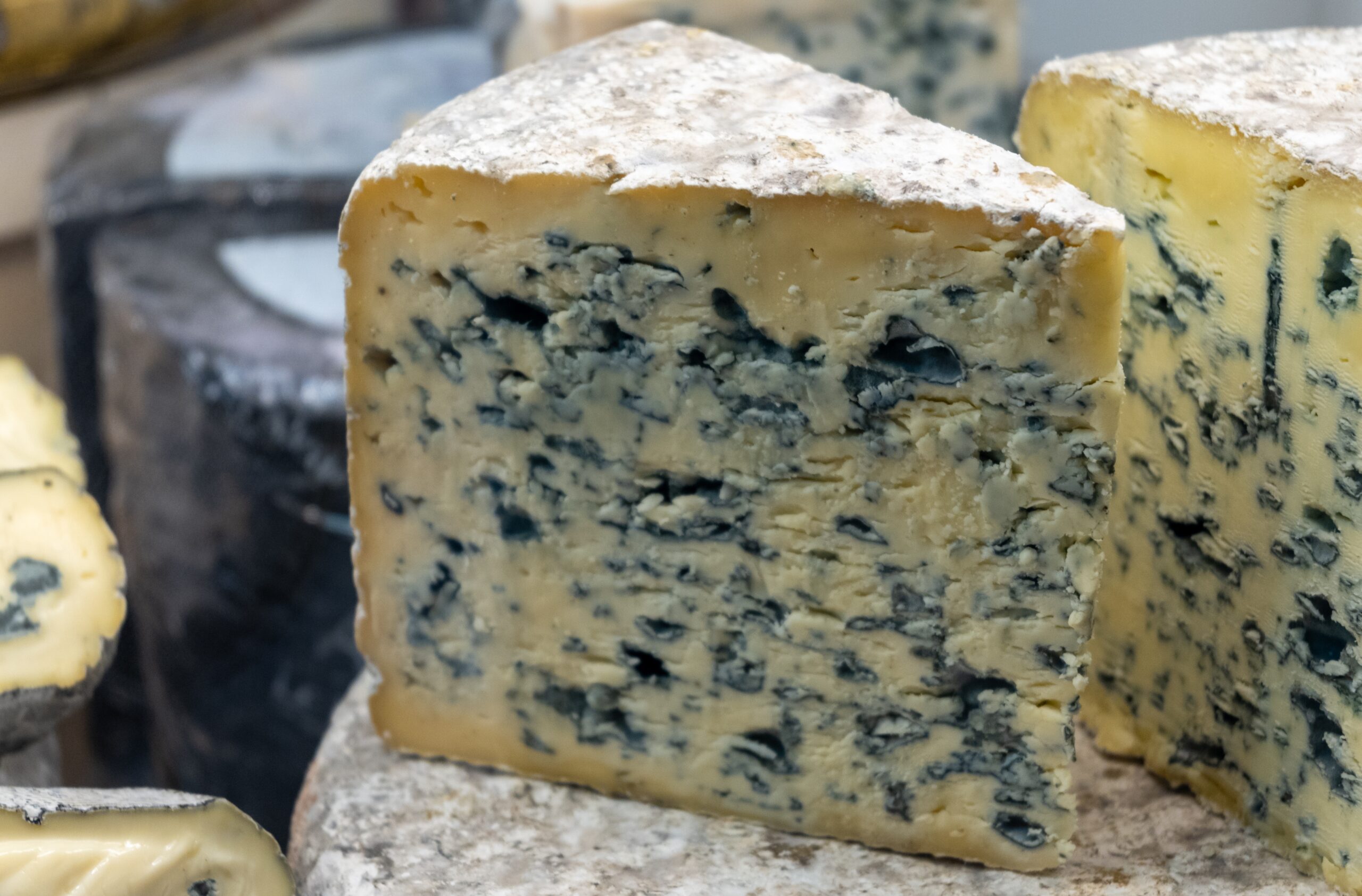
Roquefort, a renowned blue cheese, dates back to the early Middle Ages, with legends placing it over 1,000 years old. Produced exclusively in the caves of Roquefort-sur-Soulzon, it uses sheep’s milk to create its creamy texture. The natural humidity of the caves helps develop its signature blue-green veins. This aging process lasts for about three to six months, resulting in a bold, tangy flavor with a moist, crumbly texture. The rich flavors and aromas of Roquefort are said to have inspired French kings and noblemen. Even today, it remains a protected cheese, celebrated globally for its intense taste.
Gorgonzola (Italy)
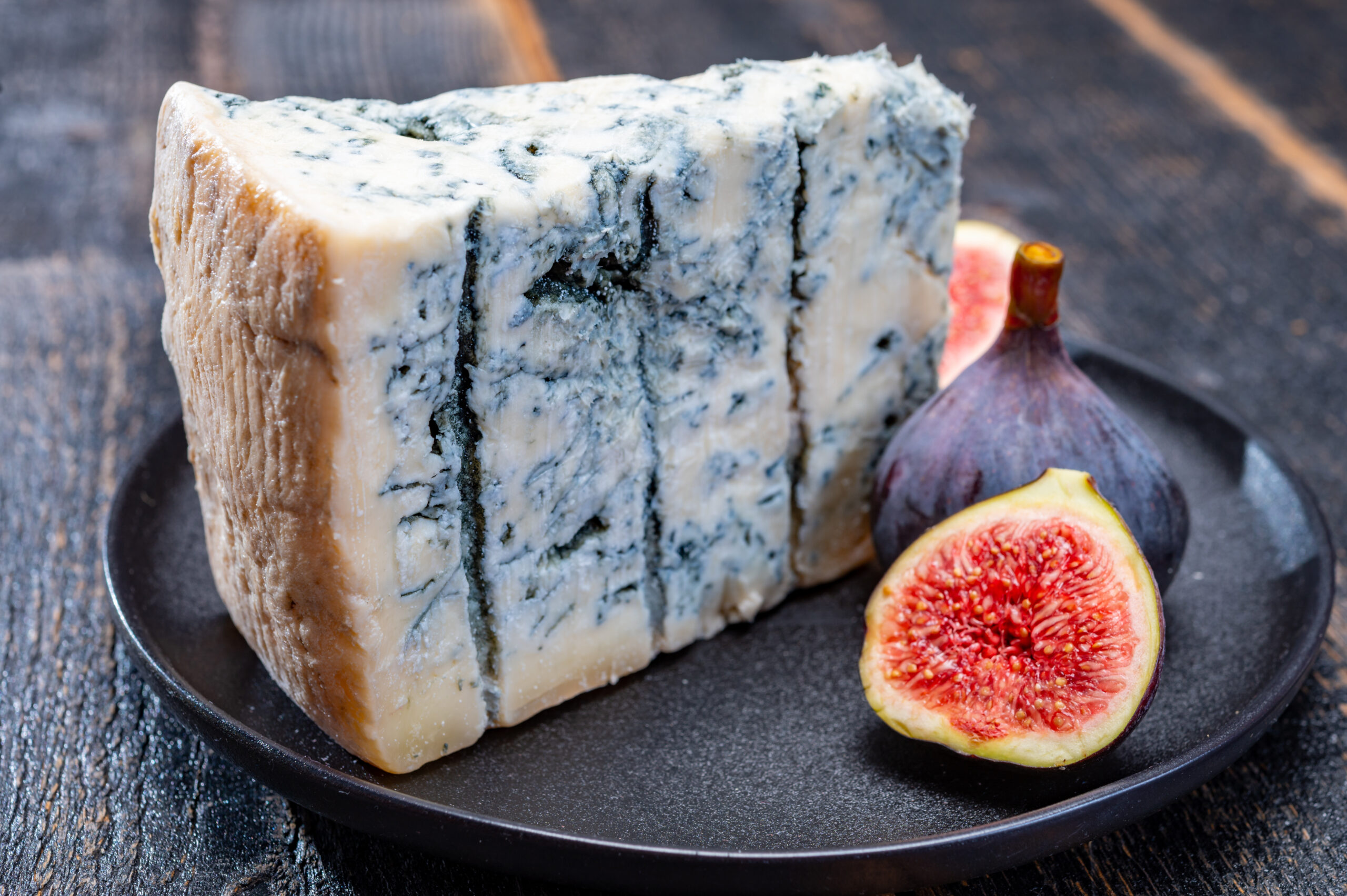
Gorgonzola, one of Italy’s oldest blue cheeses, has origins that stretch back nearly 1,200 years. It hails from the town of Gorgonzola in northern Italy, where it was originally crafted with raw cow’s milk. Aging Gorgonzola takes between three and four months, allowing its blue veins to develop fully. The cheese boasts a rich, tangy flavor and a creamy, slightly crumbly texture. Its unique taste is credited to a specific mold introduced during the aging process. Gorgonzola pairs well with fruits and nuts, adding a burst of flavor to any dish.
Feta (Greece)
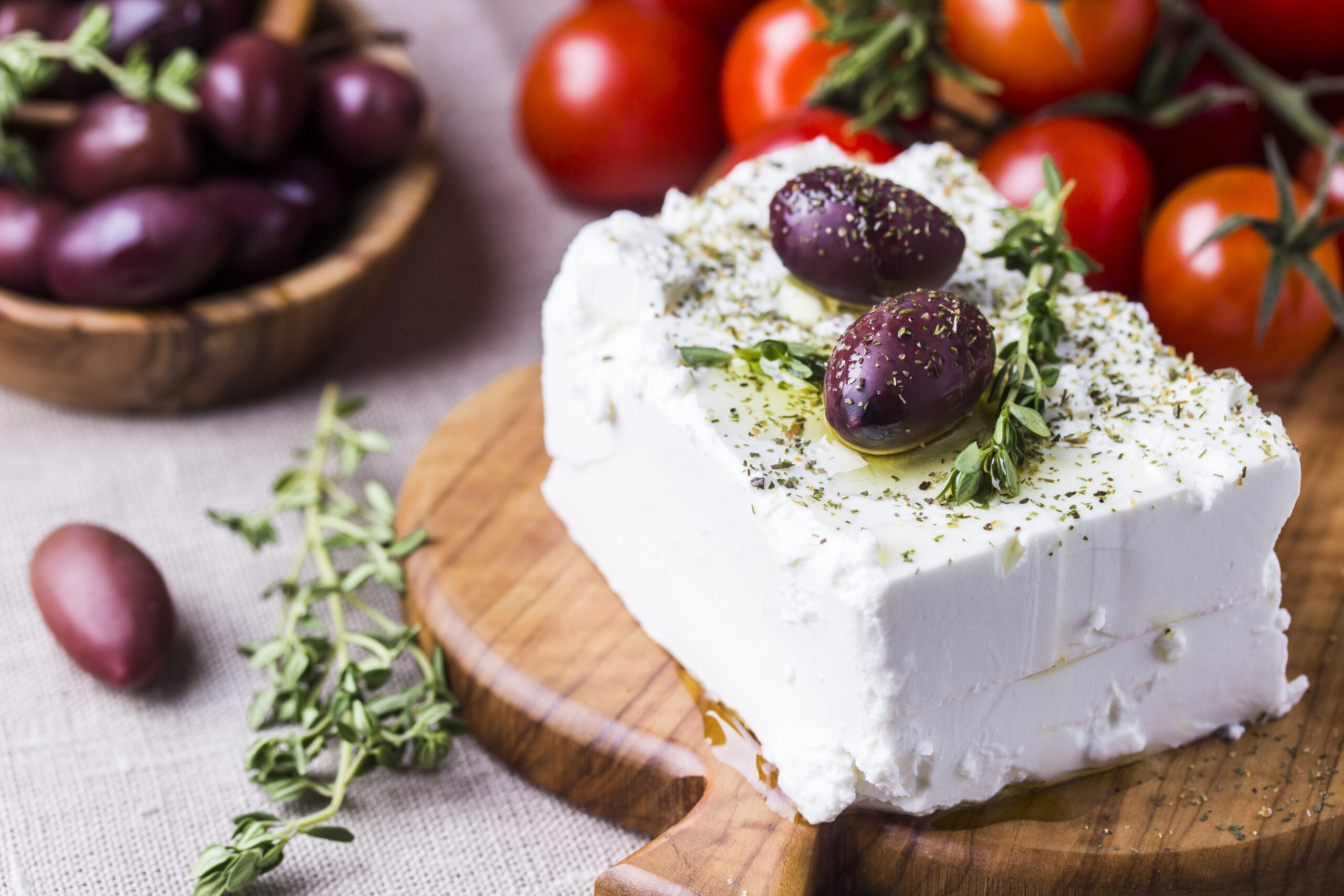
Feta is a traditional Greek cheese believed to date back around 8,000 years, making it one of the world’s oldest. It’s crafted primarily from sheep’s milk, with a small percentage of goat’s milk in some versions. Feta is brined for at least two months, giving it a characteristic tangy, salty taste. Its crumbly, soft texture makes it a favorite for salads and Mediterranean dishes. The cheese has Protected Designation of Origin (PDO) status, meaning authentic Feta must come from specific regions in Greece. Its bright, refreshing flavor reflects the sunny, Mediterranean climate of its homeland.
Emmental (Switzerland)
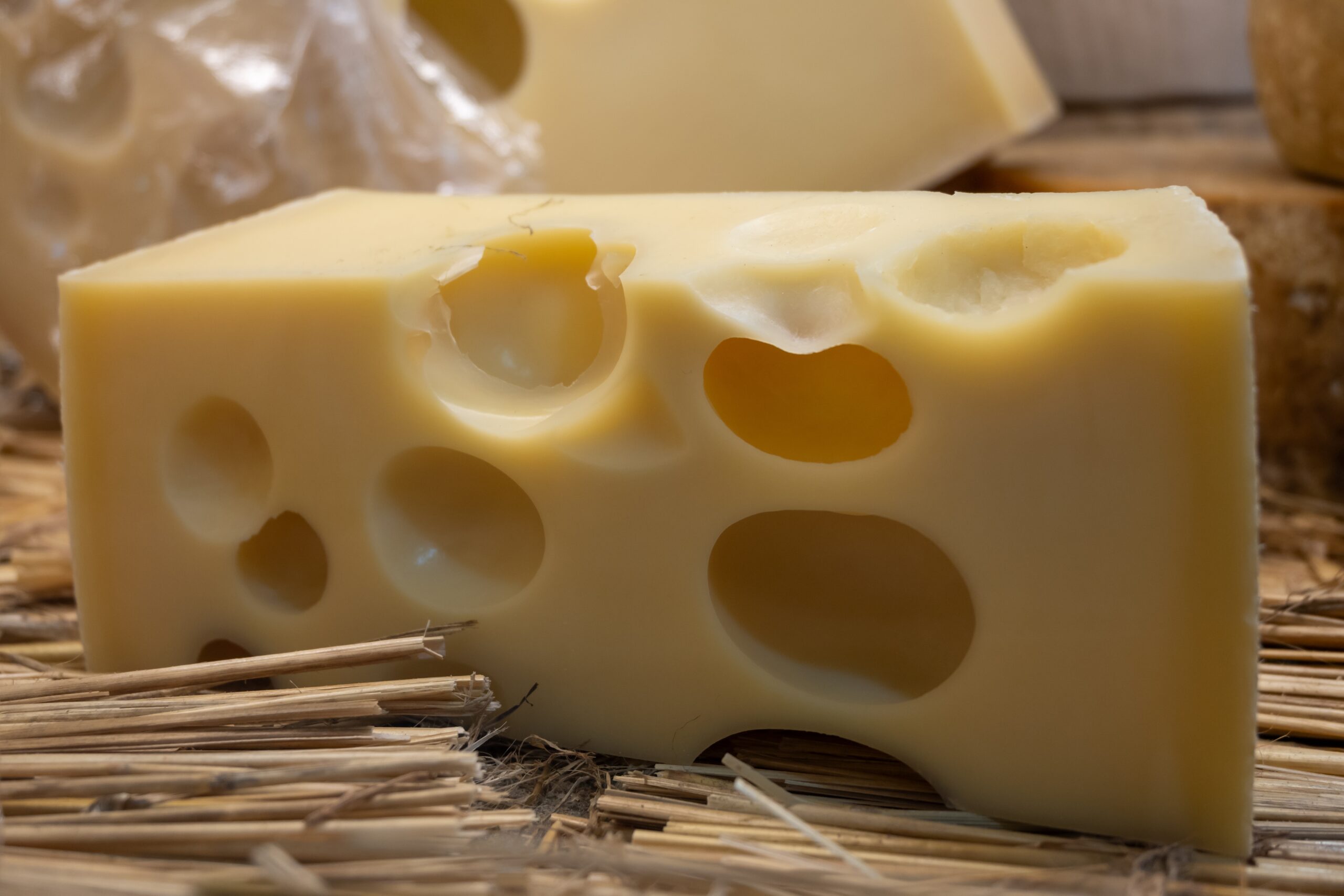
Emmental, also known as Swiss cheese, dates back to the 13th century in Switzerland’s Emmental region. Made from cow’s milk, this cheese is famous for its iconic holes, formed by gas bubbles during fermentation. Emmental ages for about three to six months, developing a mild, nutty flavor with a firm, smooth texture. Its pale yellow color and mild aroma make it a versatile ingredient. Emmental pairs beautifully with fruits, nuts, and crusty bread. The traditional methods of crafting Emmental highlight the Swiss commitment to quality and flavor.
Parmigiano Reggiano (Italy)
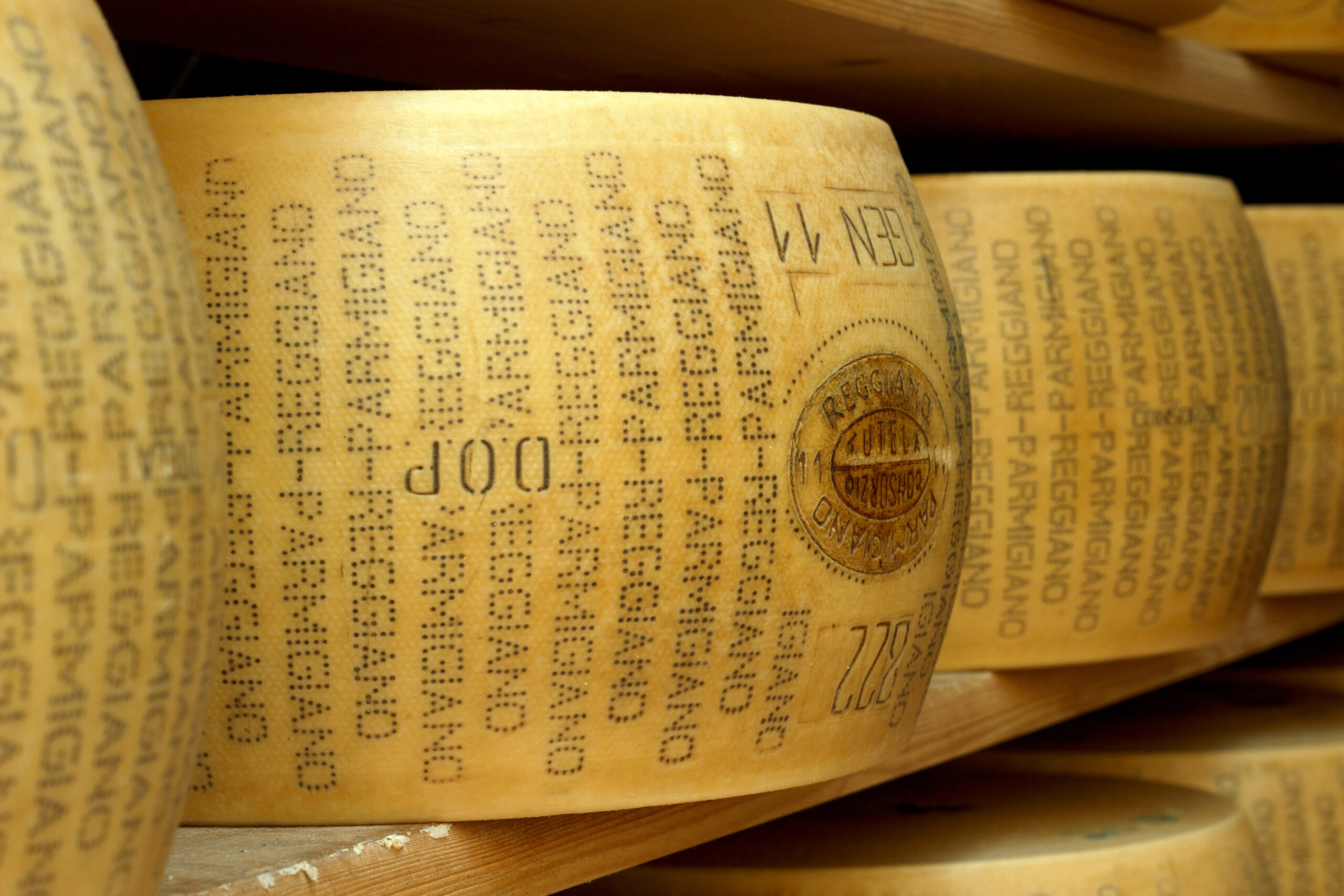
Parmigiano Reggiano, known as the “King of Cheeses,” has been produced in Italy for nearly 900 years. Made from cow’s milk, it’s aged for a minimum of 12 months, though some varieties mature for up to three years. The cheese’s firm, granular texture and rich, nutty flavor intensify over time. Parmigiano Reggiano originates from the Emilia-Romagna region, where it’s crafted under strict quality standards. Each wheel is carefully inspected before it’s allowed to bear the Parmigiano Reggiano name. This cheese adds depth to pasta, risotto, and savory dishes worldwide.
Gruyère (Switzerland)
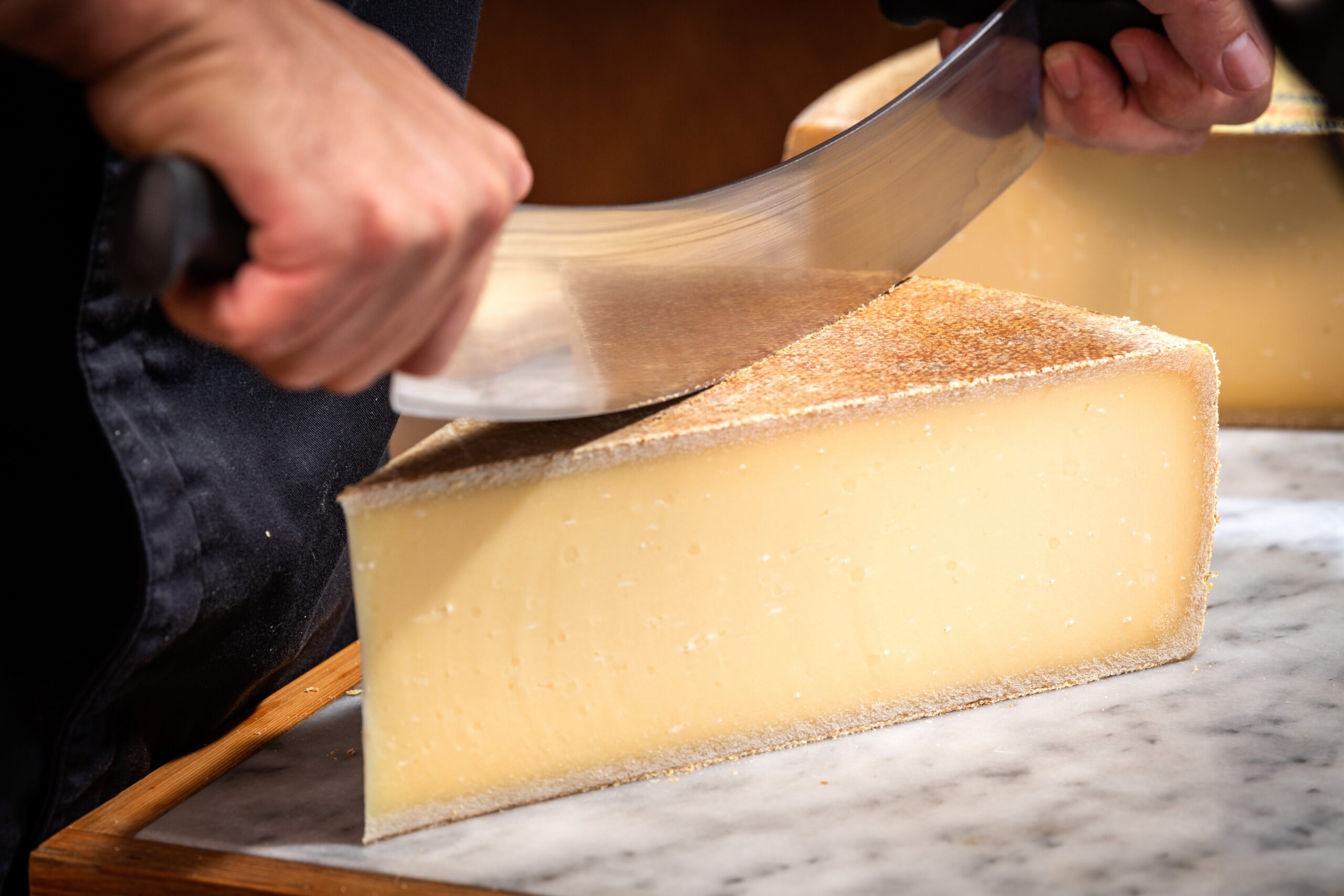
Gruyère has a history dating back to at least the 12th century in the Swiss town of Gruyères. Made from cow’s milk, this cheese is aged for about five to twelve months, creating a complex, nutty flavor profile. Its firm, slightly elastic texture makes it ideal for melting in fondue or gratins. Gruyère develops small cracks that add to its texture as it ages, and its flavor deepens with hints of earthiness. This cheese reflects Swiss dedication to tradition and quality. Its versatile taste makes it a staple in European cooking.
Stilton (England)
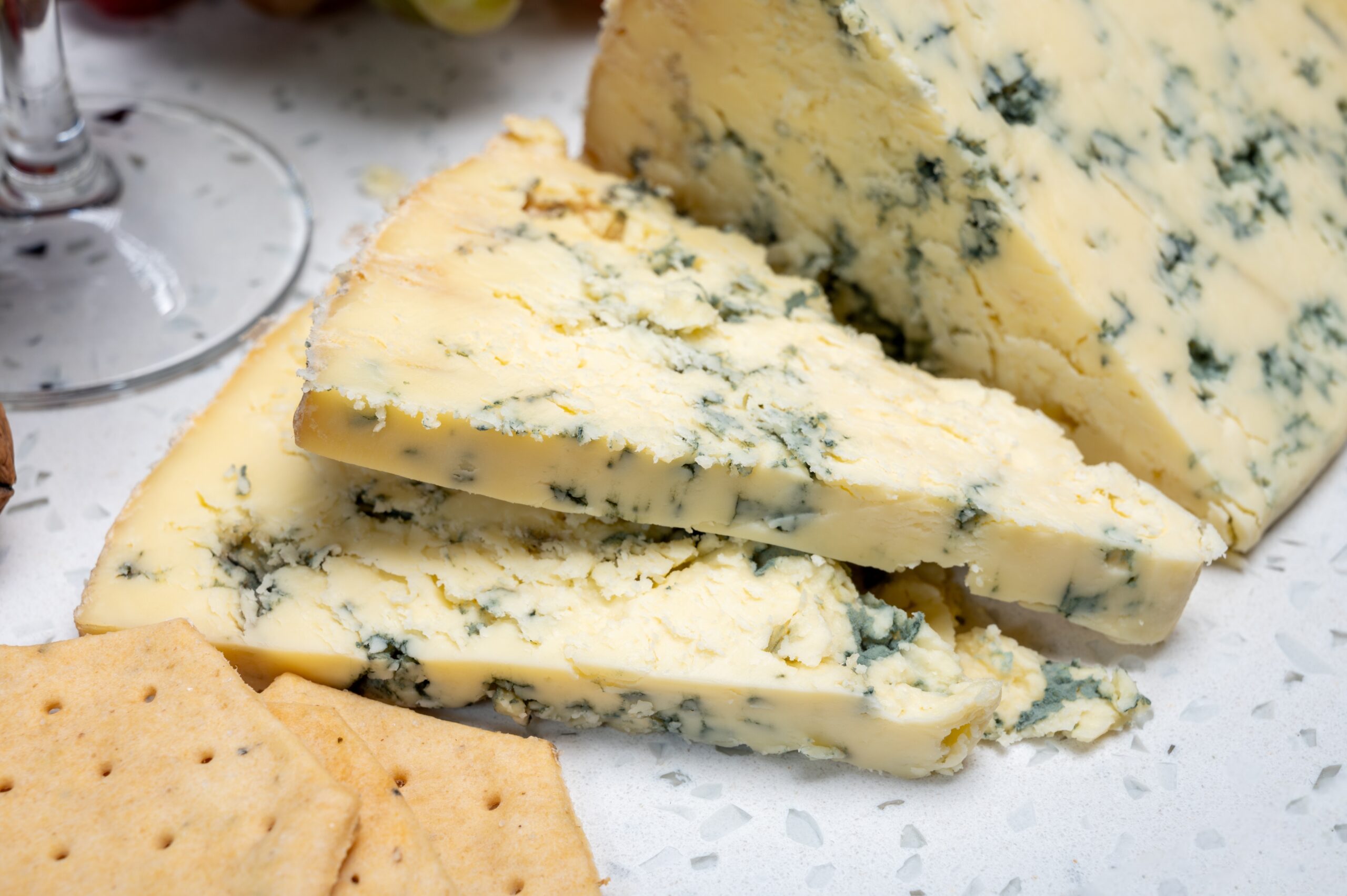
Stilton, one of England’s most famous blue cheeses, dates back to the early 18th century. It’s produced with cow’s milk and aged for about nine weeks, allowing its signature blue veins to develop fully. Stilton has a creamy, crumbly texture and a strong, earthy flavor. It’s officially recognized with Protected Designation of Origin (PDO) status, meaning it must be made in specific regions of England. Stilton pairs beautifully with port and other wines. Its rich, bold taste has made it a holiday favorite in British homes for centuries.
Cheddar (England)
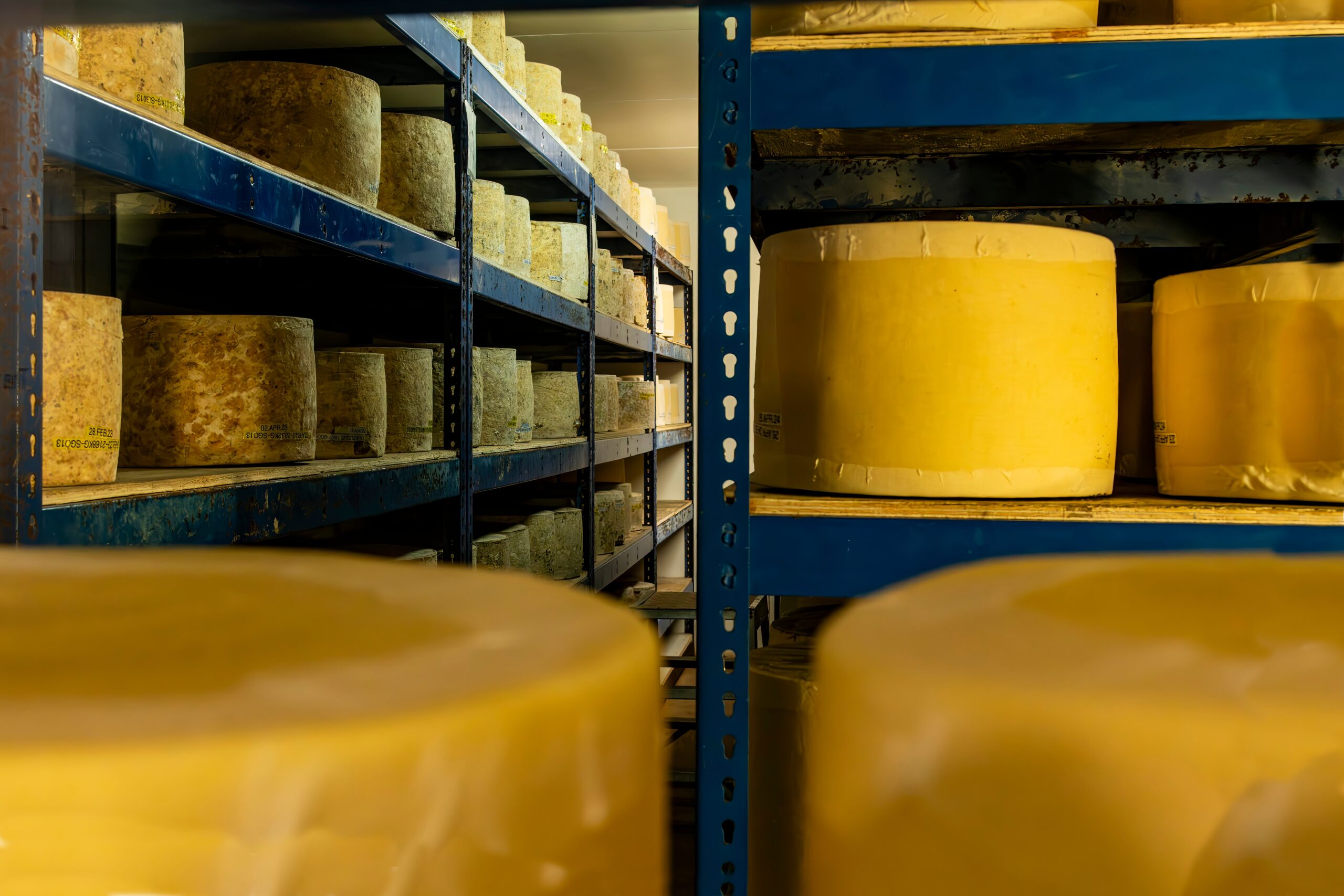
Cheddar cheese originated in the village of Cheddar in Somerset, England, around the 12th century. Made from cow’s milk, it’s aged anywhere from three months to several years, with older varieties developing sharper, deeper flavors. Cheddar’s firm texture and slightly crumbly feel make it versatile in cooking and snacking. The cheese’s rich, nutty flavor varies depending on its aging period, offering options for every palate. Traditional farmhouse Cheddar is still crafted in England, following centuries-old techniques. Its widespread popularity speaks to its enduring appeal and adaptability.
Manchego (Spain)
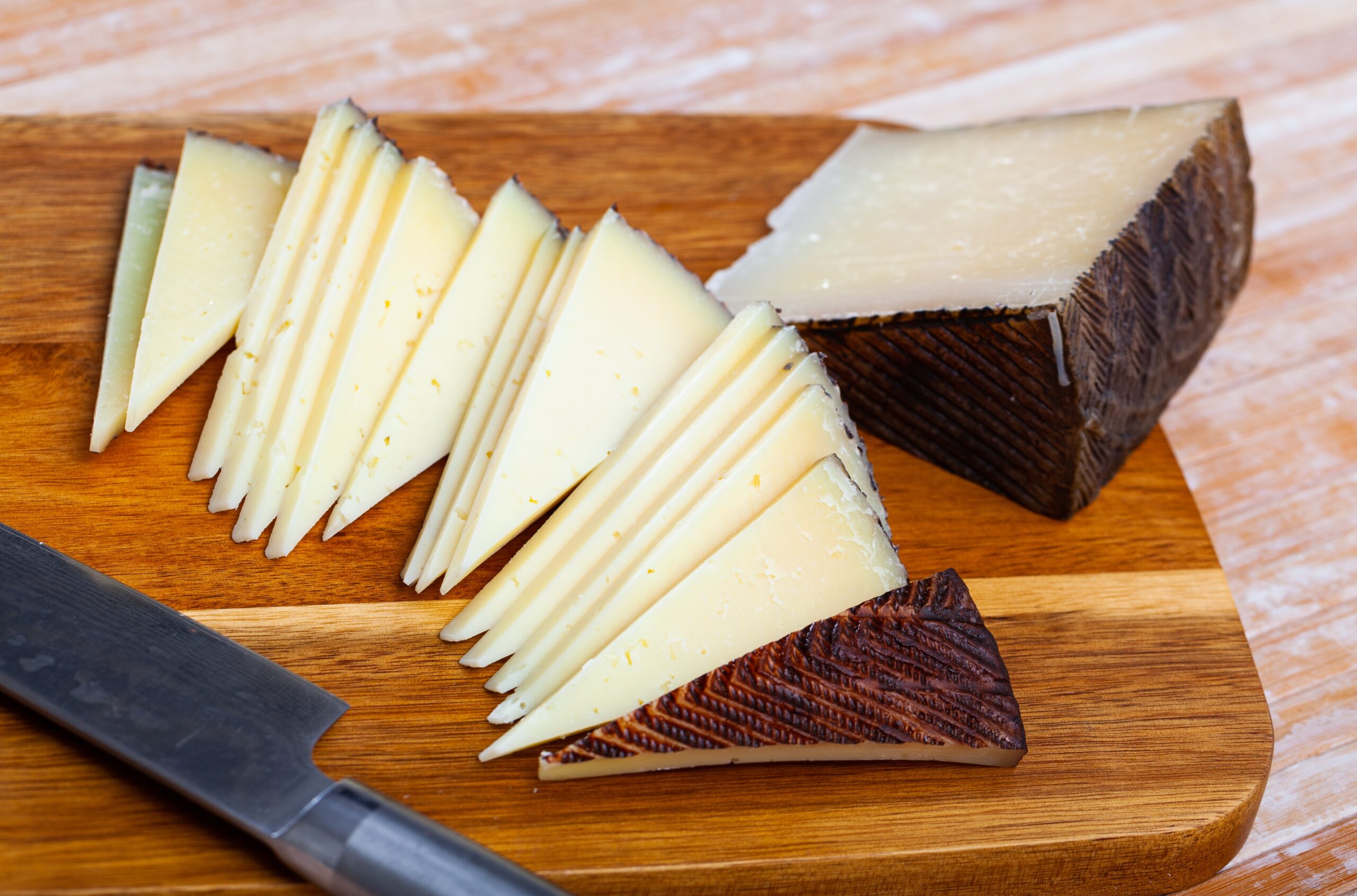
Manchego has origins that trace back over 2,000 years, dating to the time of the Iberian tribes in the La Mancha region of Spain. Crafted from the milk of Manchega sheep, this cheese boasts a firm, creamy texture and a distinctive, slightly tangy flavor. Manchego ages for a period ranging from three months to two years, with longer aging producing a richer, more complex taste. Its pale yellow color and signature basket-weave rind are instantly recognizable. The cheese’s nutty, slightly sweet flavor is a versatile component in Spanish cuisine. Protected by Spain’s PDO, only cheese from La Mancha can be labeled as true Manchego, honoring its ancient culinary heritage.
Camembert (France)
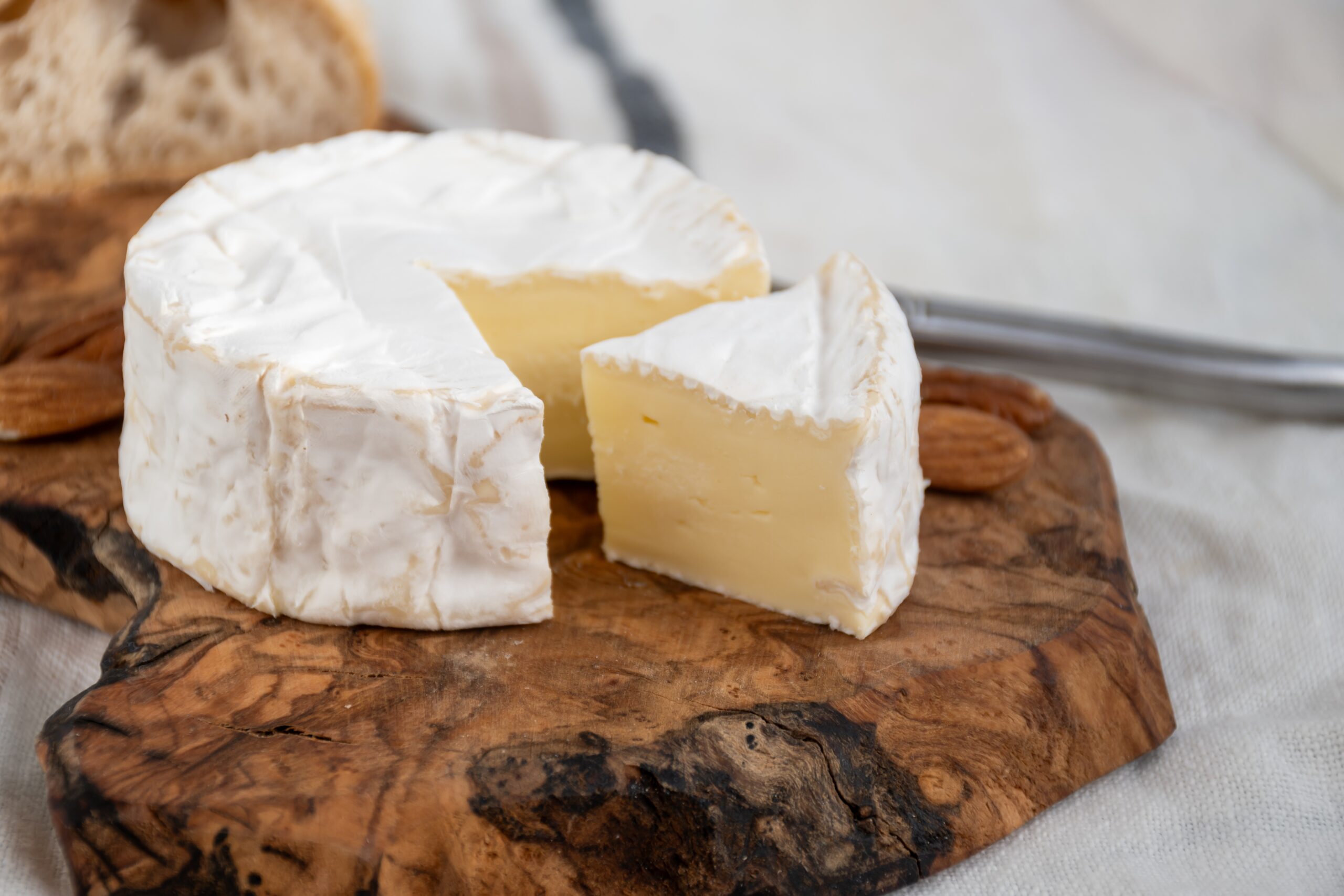
Camembert, a French classic, was first crafted in the late 18th century, giving it an age of over 240 years. Originating in the Normandy region, it’s made from cow’s milk and is known for its creamy, smooth interior and edible white rind. This cheese is aged for two to three weeks, developing a mild, earthy flavor with hints of mushroom and butter. The texture is soft, and the flavor delicate, perfect with crusty bread and fruit. Camembert remains a testament to traditional French cheese-making artistry. Its popularity endures worldwide due to its unique taste and approachable flavor profile.
Brie (France)
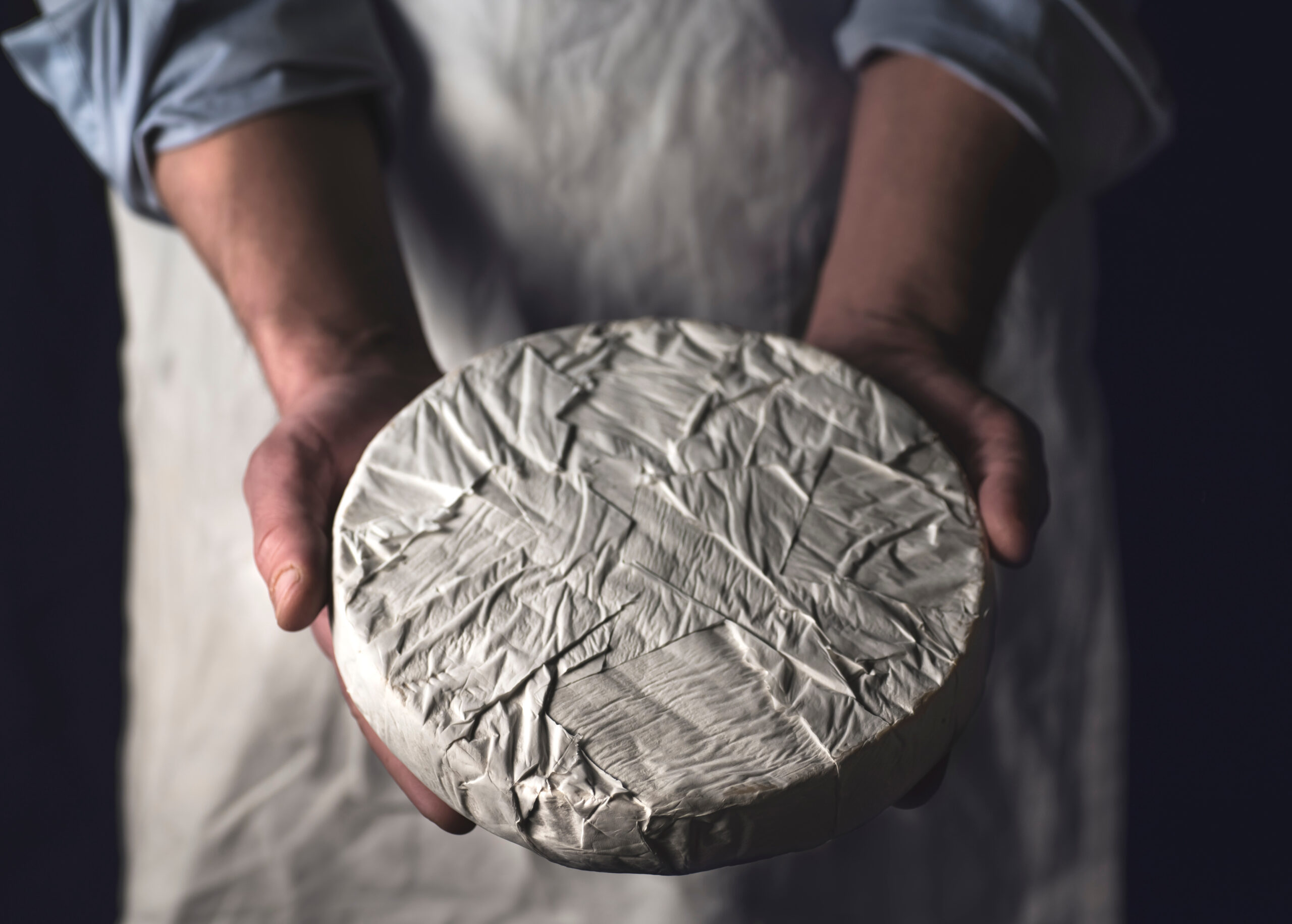
Brie, often called the “Queen of Cheeses,” originated over 1,200 years ago in the Île-de-France region. This soft cheese is made from cow’s milk, creating a creamy interior and an edible bloomy rind. Typically aged for four to six weeks, Brie develops a mild, buttery flavor with subtle hints of nuttiness. Its smooth, spreadable texture makes it ideal for cheese boards and baking. With its refined flavor, Brie has long been a staple of French cuisine. Its ancient origins and luxurious taste continue to make it one of the world’s most beloved cheeses.
Cotija (Mexico)
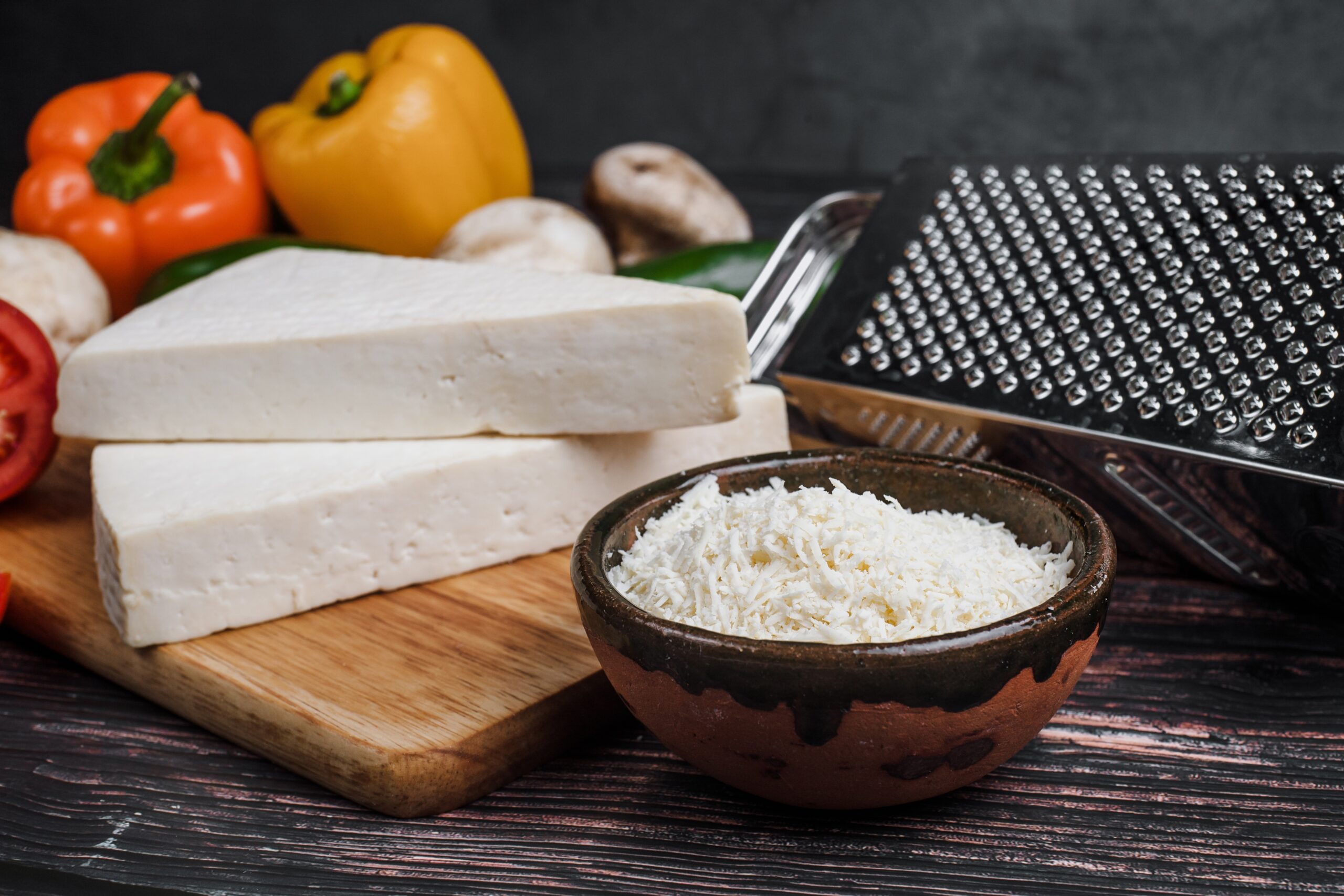
Cotija cheese dates back over 400 years, originating in the town of Cotija in Michoacán, Mexico. Made from cow’s milk, Cotija has a crumbly, firm texture and a salty, tangy flavor. The cheese ages for approximately three months, intensifying its saltiness and creating a dry, granular texture similar to Parmesan. Known as the “Parmesan of Mexico,” Cotija is often crumbled over Mexican dishes like tacos and enchiladas. This unique texture and robust flavor have made Cotija a staple in Mexican cooking. Its age-old tradition continues to define Mexican culinary heritage.
Kasseri (Greece)
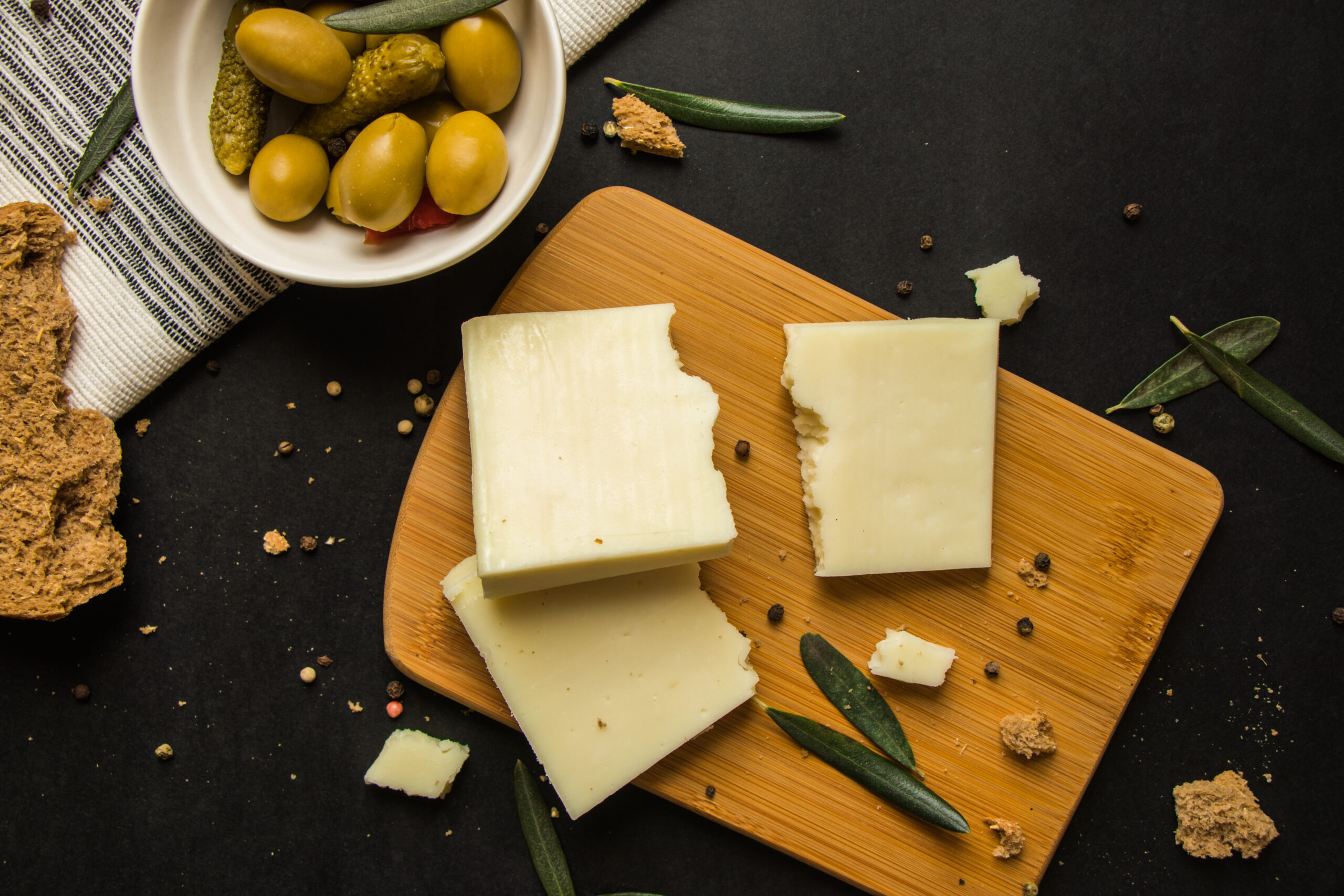
Kasseri is a traditional Greek cheese with origins that date back centuries, known for its versatility and mild flavor. Made primarily from sheep’s milk, with a small percentage of goat’s milk, Kasseri has a semi-hard texture and a pale yellow color. It’s aged for at least three months, resulting in a slightly salty, tangy taste with a subtle sweetness. Kasseri is often used in Greek cooking, especially in dishes like saganaki and pies. The cheese has a smooth, sliceable texture and a mild flavor that appeals to many. Its long history and delicate taste make it a staple in Greek cuisine.
This article originally appeared on Rarest.org.
More from Rarest.org
10 Oldest Monotheistic Religions in The World

Monotheistic religions, those centered on the belief in a single god, have shaped human history for thousands of years. Read More.
13 Traditional Farming Methods Under Threat from Industrialization
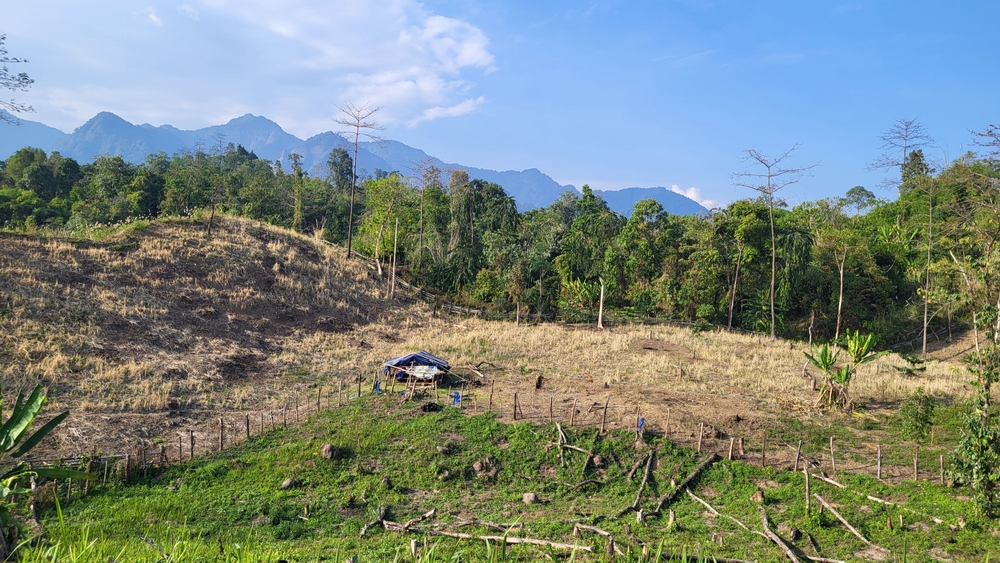
Traditional farming methods have long been the foundation of sustainable agriculture in various parts of the world. Read More.
18 Vintage Toys from the 80s and 90s That Are Surprisingly Valuable

Nostalgia has a way of making everyday items from our childhood feel priceless, but for some vintage toys from the 80s and 90s, that feeling has turned into real value. Read More.
